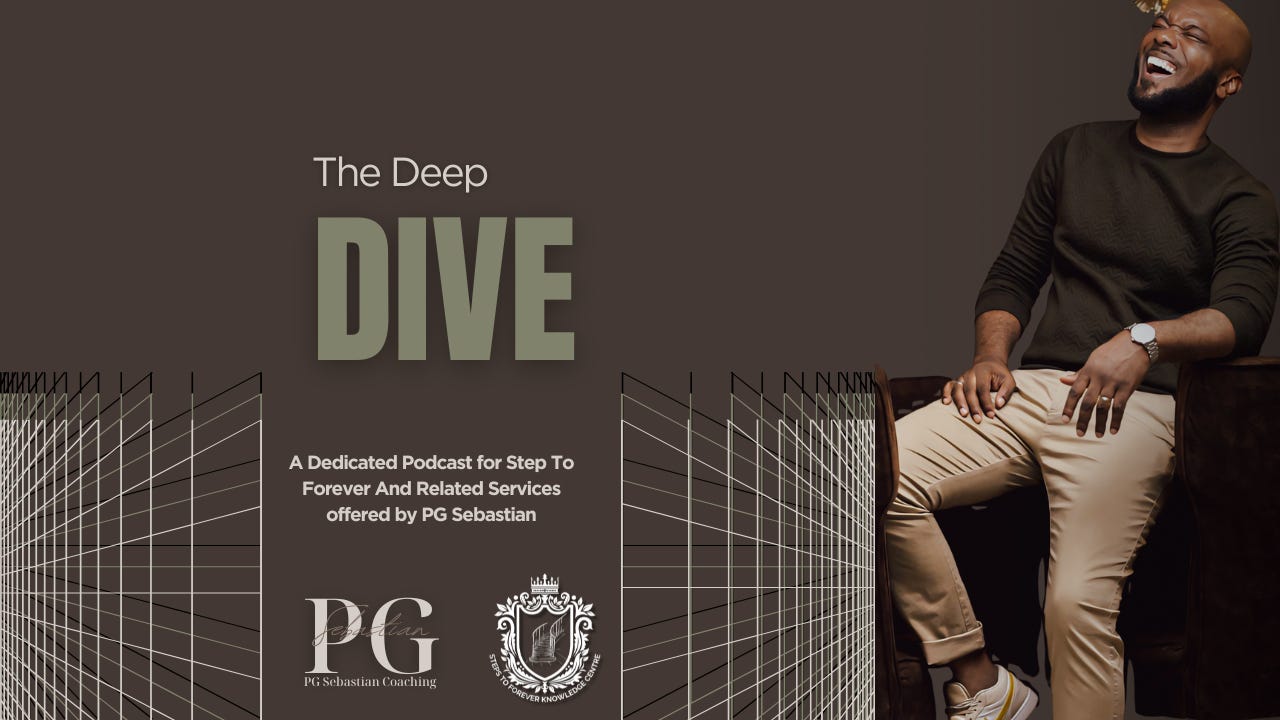The ancient story of Cain and Abel, often reduced to a simple biblical account of sibling rivalry and divine preference, is in fact a foundational and devastating depiction of unequal effort and the corrosive psychology of non-reciprocity. It is a story of the eternal human struggle with fairness, expectation, and the brutal consequences of perceived imbalance. When one brother offered his “prime cut”, the fruit of his best labor, his diligent sacrifice, and the other his “bruised fruit”, the leftovers of his attention, the mere residue of his effort, the ensuing tragedy was not an act of celestial caprice. It was a testament to an unforgiving law of consequence: genuine, maximal sacrifice will always resonate with a value that minimal, obligatory contribution cannot match. The fury that followed, often misconstrued as simple envy, was instead the blinding rage of the self-accused, the one who, unable to bear the truth of his own negligence and the superior merit of another’s work, sought to destroy the very evidence of his poor effort.
This millennia-old script runs constantly, silently, and corrosively through the heart of countless modern marriages.. It is the core reason why partnerships, though built on sincere vows of shared burden and mutual support, so frequently disintegrate under the crushing weight of unilateral sacrifice. We are not referring to minor, forgivable lapses in communication or the occasional imbalance that naturally occurs during periods of illness or professional stress. We are detailing a profound, structural, and insidious imbalance where one partner (let us call them the Committed Partner) perpetually brings their “prime cut” to the altar of the relationship, and the other, the Avoidant Partner, systematically offers only the “bruised fruit.” This imbalance is not an anomaly; it is a pervasive, unacknowledged crisis in contemporary relationships, slowly eroding the foundations of trust, intimacy, and shared purpose.
The “offerings” in this domestic theatre are not livestock or harvest; they are the essential, often invisible, pillars of shared life that comprise the entire architecture of a functioning partnership: emotional labor, cognitive load, time, financial planning, intimate presence, social navigation, and the management of future risk. The Committed Partner, often but not exclusively, navigating a world still subtly rigged by outdated gendered expectations, becomes the essential architect of stability. Their contribution is not merely a series of tasks; it is a profound reorientation of their entire life and identity —a consistent, deep-seated engagement with the demands of shared existence. This includes, most visibly, the forfeiture of career and ambition; the often unacknowledged surrender of a professional trajectory necessary to manage the logistical complexities of childcare, eldercare, household maintenance, and the emotional ecosystem of the family unit. This results in an immediate and long-term opportunity cost borne entirely by one person, creating an insidious, often invisible economic subsidy for the Avoidant Partner, whose own career path remains unencumbered by the same domestic demands.
Beyond the visible labor, the Committed Partner assumes the entire cognitive load; the constant, exhausting mental inventory of needs, appointments, future planning, emotional temperatures, and crisis contingency that keeps the family machine humming. This is the CEO of the home, whose meticulous planning, proactive problem-solving, and emotional bandwidth are never salaried, rarely praised, and therefore, often unseen. Their effort is a high-quality, sustained investment, made out of deep commitment, functioning as the primary emotional shock absorber for the entire unit, managing not only their own anxieties but often pre-emptively regulating the partner’s moods and responses. This unceasing mental and emotional vigilance leads to a state of chronic exhaustion, known as decision fatigue, where the simple act of choosing what to make for dinner can feel like an overwhelming burden.
The Avoidant Partner, by contrast, is a master of the choreography of minimal effort. Their contribution is characterized by strategic tokenism and plausible deniability, designed to provide just enough input to maintain the appearance of contribution without incurring genuine personal cost.
They may offer the emotional leftovers: affection, attention, and presence provided only when it is utterly convenient, passive, or distraction-free, such as a brief, distracted hug while scrolling on a phone, or a perfunctory “How was your day?” devoid of genuine engagement. They will often agree to a task only to perform it with such low competence and a deliberate lack of thoroughness that the Committed Partner must ultimately redo it, effectively offloading responsibility through an act of passive sabotage. They treat the marriage like an infinitely deep well that is magically and endlessly refilling, never truly acknowledging, let alone appreciating, the person who is tirelessly lugging the heavy buckets of water. They possess a sophisticated Rationalization Machine, an internal and external narrative built on a litany of excuses; “I was too busy at work,” “I’m just not naturally good at that,” “I forgot, but I’m under so much stress”, a rhetorical framework designed to deflect accountability and convert negligence into an immutable personality trait, thereby insulating themselves from any real consequences of their inaction.
The profound injustice felt by the Committed Partner is not merely physical fatigue; it is a deep, soul-crushing realization that their maximal, sacrificial effort is consistently met with an expectation for more, while the Avoidant Partner’s minimal contribution is often accepted as “good enough”. The relationship, over time, devolves into a system of institutionalized ingratitude. The highest quality offering receives the lowest quality return: a lack of appreciation, a refusal of genuine reciprocity, and the constant, energy-draining necessity of having to manage the partner alongside the marriage itself. The act of offering the prime cut, in the absence of reciprocity, stops feeling like an act of love or partnership and begins to feel like a perpetual act of self-diminishment and silent protest.
The core issue here is that the Avoidant Partner operates with a deep, often subconscious, sense of entitlement. They expect the comfort, stability, and emotional safety provided by the Committed Partner to be a self-replenishing resource, akin to a natural background hum. Their failure to contribute is not primarily driven by malice, but by a pervasive failure of cognitive empathy; they literally cannot see the labor because they have never been forced to perform the intricate planning, the relentless anticipation, or the laborious emotional scaffolding. This entitlement is tragically reinforced by a societal script that often praises the minimal, visible efforts of the Avoidant Partner....”He watched the kids for an hour!” while completely ignoring the 24/7 background maintenance and unseen sacrifices of the Committed Partner. This external validation of tokenism powerfully teaches the Avoidant Partner that low effort, when strategically visible, is more effectively rewarded than high effort that is constant, complex, and therefore, easily taken for granted.
The relationship, then, becomes a poignant metaphor for a broken-down vehicle stalled on a deserted highway. Both partners are ostensibly crouched behind the car, hands on the bumper. The engine is dead, and the vehicle is moving forward only because of the raw, singular push of the Committed Partner, whose muscles ache with the strain. The Avoidant Partner is there, grunting and sweating, perfectly acting the role of co-contributor, maintaining the illusion of effort, but is functionally dead weight. The cruel, inescapable truth is that the entire trajectory of their shared life, its progress, its maintenance, its very direction, is being determined and sustained by the unilateral will and effort of one person. The other, by conscious or unconscious design, is simply along for the ride, enjoying the benefits without contributing to the motive force.
The final, inevitable moment of reckoning for such a relationship is rarely a sudden explosion; it is the slow, agonizing sound of the push finally ceasing. When the burden of unilateral sacrifice becomes utterly unbearable and the Committed Partner, in a desperate act of self-preservation, finally steps away from the relationship, the entire structure of the shared life, including family stability, financial security, and emotional homeostasis, begins to unravel, often threatening total collapse. This cessation of effort is not an act of malice; it is the body and soul’s primal scream for balance.
It is at this breaking point that the Avoidant Partner is finally forced to confront the unmediated consequence of their own consistent failure to invest. They are suddenly staring at a crisis that is not an act of external fate, or the fault of an unkind universe, but the cumulative product of their own years of minimal, half-hearted effort. They must, in this agonizing moment, recognize that the crumbling of the shared life is the architectural failure caused directly by the bricks they consistently refused to lay. The impending loss, the ensuing pain, and the potential breakup are the direct, proportional consequences of the quality and quantity of their offering over the years. They have, quite literally, shot themselves in the foot with a long series of meticulously choreographed, low-effort contributions.
Yet, true to the tragic Biblical precedent, the Avoidant Partner’s response to this painful self-realization is often not sorrow, humility, or accountability, but a devastating, displaced narcissistic fury. The psychological cost of fully internalizing such a profound failure is too immense for a personality so adept at self-preservation through denial. To admit, “I lost everything because I was too lazy, selfish, or emotionally absent to contribute,” is too psychologically crushing. Instead, the rage is directed outward, designed to assassinate the character and distort the reality of the Committed Partner. The narrative is immediately flipped: The one who finally stopped carrying the overwhelming weight is painted as the villain who “abandoned” the marriage, “walked away” from the family, or “was never satisfied.” This is a desperate attempt to murder the truth; to destroy the only witness to the unequal effort, so the Avoidant Partner can maintain the illusion of victimhood and escape the unbearable burden of self-blame. They hold everyone accountable but themselves for the collapse, clinging desperately to the final, bitter reward for their bruised offering. Their fury is the ultimate defence mechanism, a scorched-earth policy against the truth.
Breaking this insidious cycle requires a radical redefinition of what “partnership” truly means, moving beyond antiquated notions of roles and towards a genuine, equitable distribution of all forms of labor. It demands an unflinching commitment to the “prime cut” standard from both individuals, the consistent, conscious, and genuine offering of their best available emotional, cognitive, and physical resources. This means the Avoidant Partner must evolve from merely reacting to crises to actively anticipating needs, proactively taking on the full cognitive load of specific areas of the shared life, and executing tasks thoroughly and completely, without requiring constant reminders or managerial oversight. This requires a profound shift from a consumer mindset to a contributor mindset within the relationship.
For couples trapped in this dynamic, external intervention is often necessary. Counseling must move beyond surface-level communication issues and delve into the deeper pathologies of entitlement and resentment. It must introduce the concept of an inventory of effort—a regular, honest, and non-defensive assessment of who is truly bearing the cost of stability across all dimensions of the relationship. This cannot be a judgmental process of scoring points, but a cold, clear, empathetic assessment of the tangible and intangible contributions, designed to illuminate the economic and personal subsidy the Avoidant Partner has been receiving. This inventory, when faced with courage, can reveal the stark imbalance and catalyze a genuine desire for change.
The ancient story of Cain and Abel concludes with Cain being marked by God, a permanent symbol of his actions and their consequences. In modern relationships, the mark of an unequal partnership is the lingering pain, the shattered trust, and the profound, often irreparable, damage to intimacy. But the grace of this painful reckoning lies in the possibility of self-awareness. The only way to move beyond this destructive path is for the Avoidant Partner to stop trying to assassinate the truth and accept the mark of their past negligence. Only then can they begin the arduous work of building a new life, whether with their current partner or in future relationships, on the honest foundation of accountability and genuine sacrifice. The burden of effort in a truly equitable partnership must be shared, or the entire structure, without fail, will inevitably collapse upon the single, weary carrier, leaving only resentment and wreckage in its wake. This is the enduring, secular tragedy of the Cain and Abel story, a cautionary tale whispered in every silent, unequal sacrifice
Click here to listen to the Nuanced, Deep Dive on this from our YouTube Channel.





